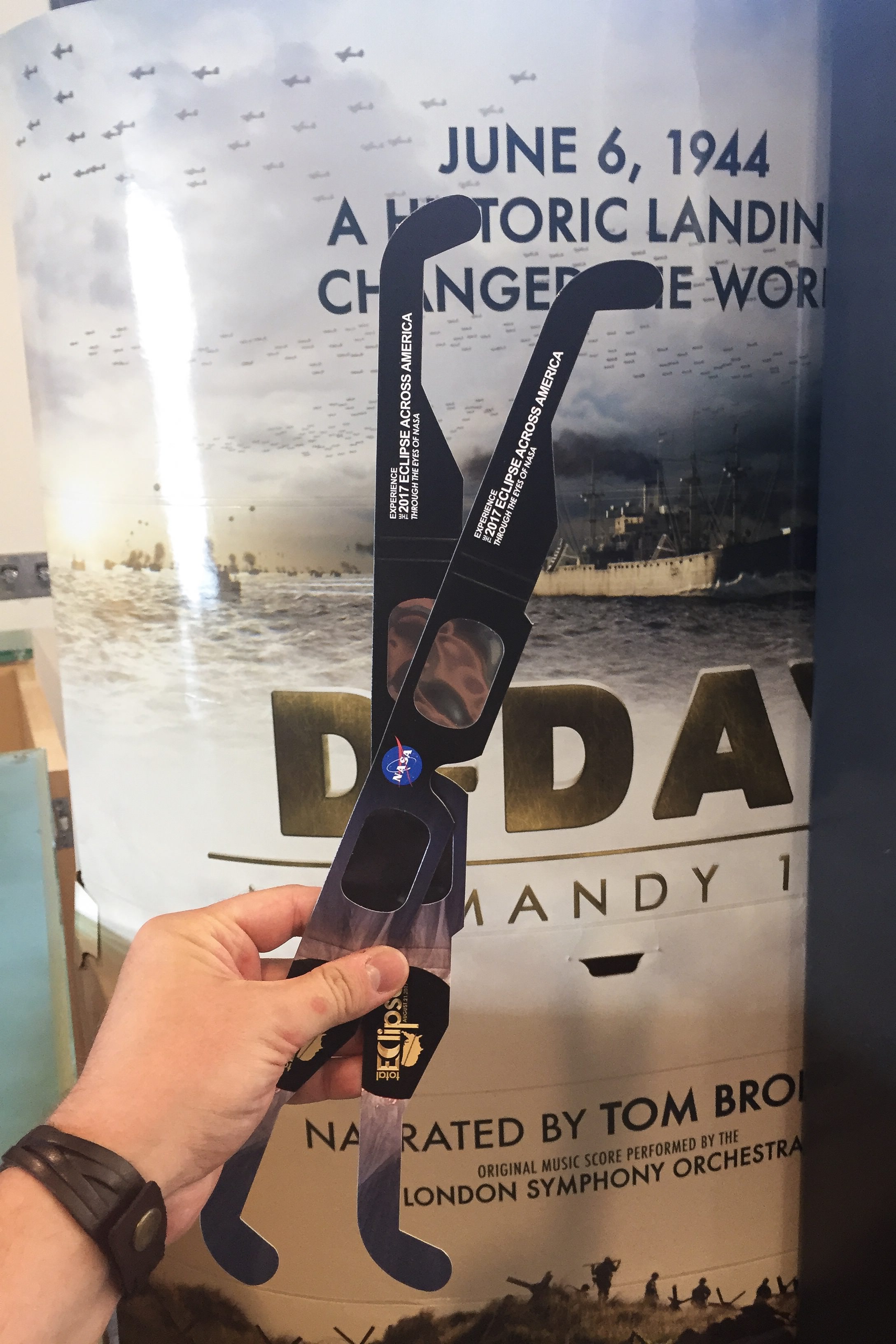Well, more like two days at the Newseum if we’re being accurate.
If you’re tired of being cooped up at home, unable to go out and enjoy the museums, and you missed out on visiting the Newseum, the post I’m sharing with you today is especially for you.
On the last day of the decade, December 31st, 2019, the Newseum, a product of the Freedom Forum, permanently closed the doors of its Pennsylvania Avenue home. The Newseum, open for a total of 22 years, demonstrated through interactive and rotating exhibits the importance of press freedom and fairness in reporting. Exhibits spanning watershed moments of history to current events showed the importance of journalism ethics, the pitfalls of censorship, and the dangers journalists can face in performing their duties. The Newseum illustrated the United States’ First Amendment’s five core values in real-world applications and infringements.
Until this December, my only experience with the Newseum was to attend a screening of the 2011 film “Documented” and subsequent panel discussion with director and Pulitzer Prize-winning journalist Jose Antonio Vargas in 2014, and the Nikon Z7 release event with Nikon President and CEO Yasuyuki Okamoto in 2018; this is to say, I’d only visited the Newseum’s atrium and auditorium for private events - none of the exhibits, as the museum was closed.
When I heard the Newseum was closing its doors, selling the building to Johns Hopkins University due to financial constraints, I made sure not to miss it any longer. Touring the Newseum was something I’d wanted to do with friends or a date for years, but invariably it always got put off; “we’ll do it later this year.” No more - across two days in December I explored the Newseum from top to bottom, like the Guggenheim, the way it was originally built and intended to be toured (this being said, my photos of the exhibits below are not necessarily arranged in order from top to bottom since these photos span across two full days, and I revisited some exhibits the second day).
I truly enjoyed every minute of the Newseum, and wish I’d simply said “no more” and visited solo much sooner than I did. Even with two full days of visiting and taking in the thousands of displays, I still missed so much of the specimens and their captions on exhibit. It is my utmost hope that the Freedom Forum will find a new, sustainable, third and final location for the Newseum and all its exhibits; the Newseum is one of, if not the most, culturally significant museum I have ever visited, because of its perpetual relevance - news breaks every day. In the last months I’ve thought about the Newseum almost daily, wondering what to be made of the systemic targeting, attacks, and arrests of credentialed media by police across the US, including just a few blocks away in Lafayette Square. I can’t help but wonder how the US’ ranking of Press Freedom on the Newseum’s Press Freedom Map has changed even in the few months since the Newseum’s doors closed. And with the ongoing pervasiveness of “fake news” and anti-science conspiracy theories being perpetuated by presidential candidates in an election year, the Newseum feels more relevant than ever now that it’s gone.
“First they came for the journalists, and I did not speak out, because I was not a journalist — we have no idea what they did after that.”
-Arleen Myers Fields’ adaptation of Martin Niemöller’s “First They Came…”
Below are highlights of my visits to the Newseum’s many exhibits; I have not included captions for these photos, as there is too much relevant information about each to properly bestow in a timely fashion. I did, however, as I frequently do visiting any museum like this, capture images of many of the museum’s own description panels. If you would like to see the full gallery of my two days of touring the Newseum, including more exhibits and artifacts, along with the museum’s captions, you can view the full gallery here.
Bonus: Newseum Restroom Misprinted Headlines
Perhaps a nod to the tradition of placing flyers in restrooms and newspapers (especially sports sections) above urinals, the Newseum’s restrooms are speckled with tiles bearing misprinted headlines, poorly phrased captions, and awkward apologetic corrections.



































